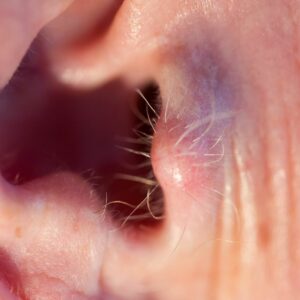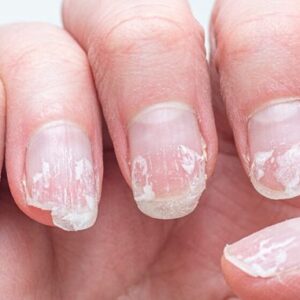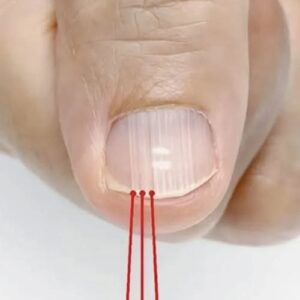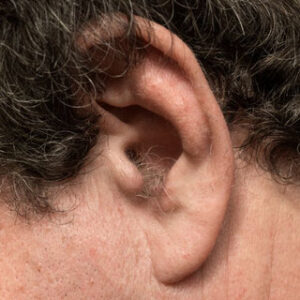Ringworm of the body, also known as tinea corporis, is a common fungal infection that manifests as ring-shaped or circular rashes on the skin. While it is a highly contagious condition, it is typically not serious and can be effectively treated. Understanding the causes, risk factors, symptoms, and available treatments for ringworm can help you prevent and manage this common infection.
What is Ringworm of the Body?

Ringworm can affect various areas of the body, but it is not typically found on the scalp, groin, or the palms of the hands and soles of the feet. Other types of dermatophyte infections are named depending on the affected area, such as:
-
Tinea pedis (athlete’s foot, affecting the feet)
-
Tinea cruris (jock itch, affecting the groin)
-
Tinea capitis (scalp ringworm, commonly seen in children)
Though ringworm is common, it is usually a mild condition that can be treated with antifungal medications.
Causes of Ringworm of the Body
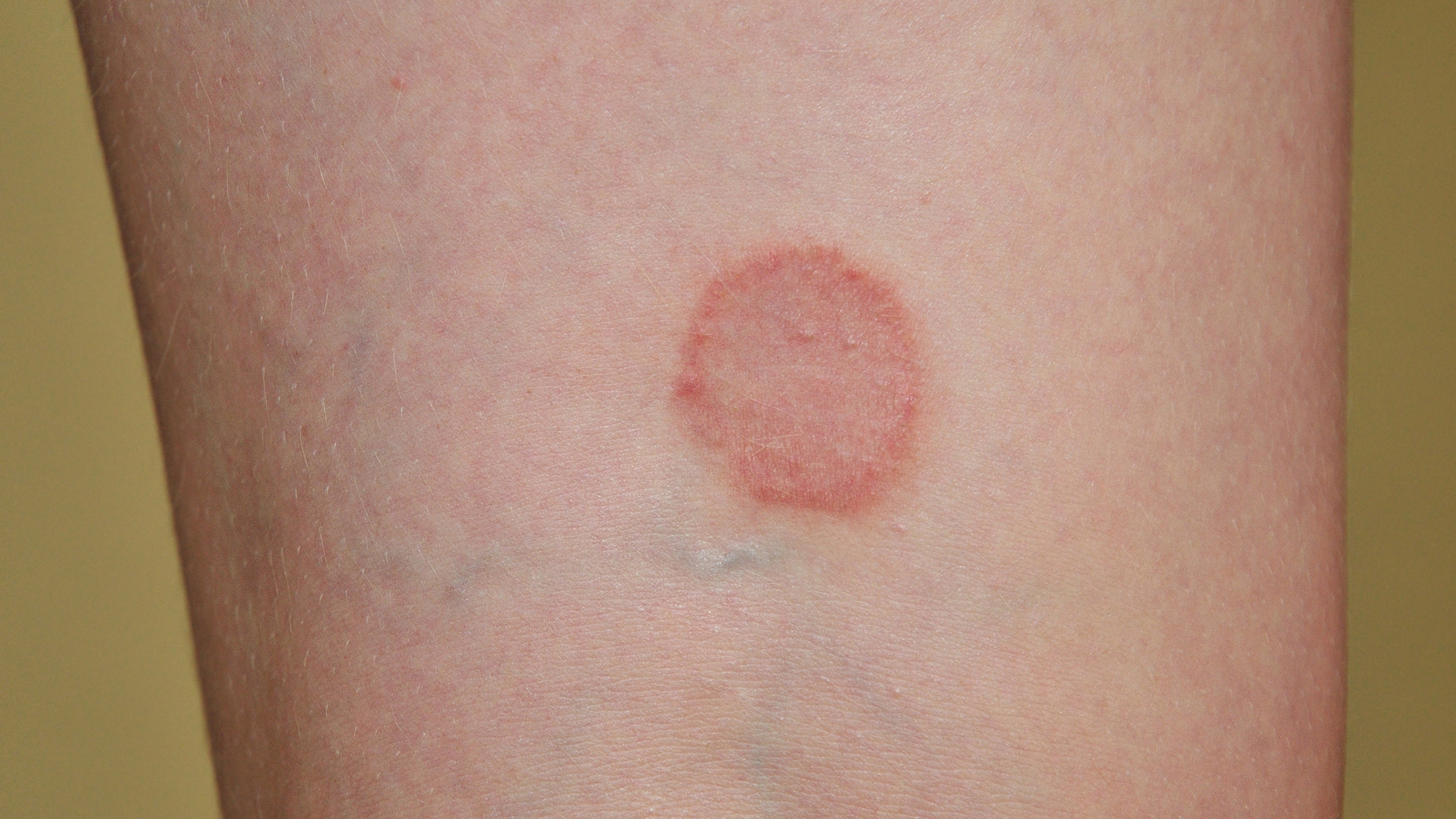
Ringworm of the body is caused by dermatophytes—fungi that thrive in warm, moist environments. The fungi spread through direct contact with an infected person, animal, or contaminated surfaces. Here are the primary ways the infection is transmitted:
-
Direct contact with an infected person’s skin.
-
Indirect contact through shared items such as towels, clothing, bedding, or sports equipment.
-
Infected pets, particularly cats and dogs, can pass on the fungus to humans.
-
Warm, humid environments, like gyms, swimming pools, and saunas, provide ideal conditions for fungi to grow and spread.
Risk Factors for Ringworm
Anyone can contract ringworm, but several factors can increase the likelihood of developing the infection. These include:
-
Living in hot, humid climates where fungal growth is more prevalent.
-
Wearing tight, moisture-wicking clothing, which can trap moisture and create a breeding ground for fungi.
-
Frequent contact with animals, especially those showing signs of skin infections.
-
Sharing personal items such as combs, towels, or shoes with someone who has ringworm.
-
Weakened immune systems, which may be caused by conditions like diabetes or HIV/AIDS.
Symptoms of Ringworm
:max_bytes(150000):strip_icc()/ringworm-overview-2632044_FINAL-e1669cad90b347b981a4c1ae42865fcc.png)
Symptoms of ringworm typically appear 4 to 10 days after exposure to the fungus. The hallmark sign of ringworm is a circular rash with raised, red, and sometimes scaly edges. The rash may have a clear center, giving it a “ring” appearance.
Common Symptoms:
-
Circular or ring-shaped rashes with raised, red edges.
-
Itching in the affected area, often intense.
-
Scaly or cracked skin around the rash.
-
Burning sensation or mild irritation in the affected area.
Severe Symptoms:
-
Rash expansion, where rings multiply and merge into larger areas.
-
Pus-filled blisters or sores around the rash.
-
Intense redness or swelling of the affected area.
-
Hair loss if the infection affects areas with hair, such as the scalp.
Common Areas for Ringworm to Appear
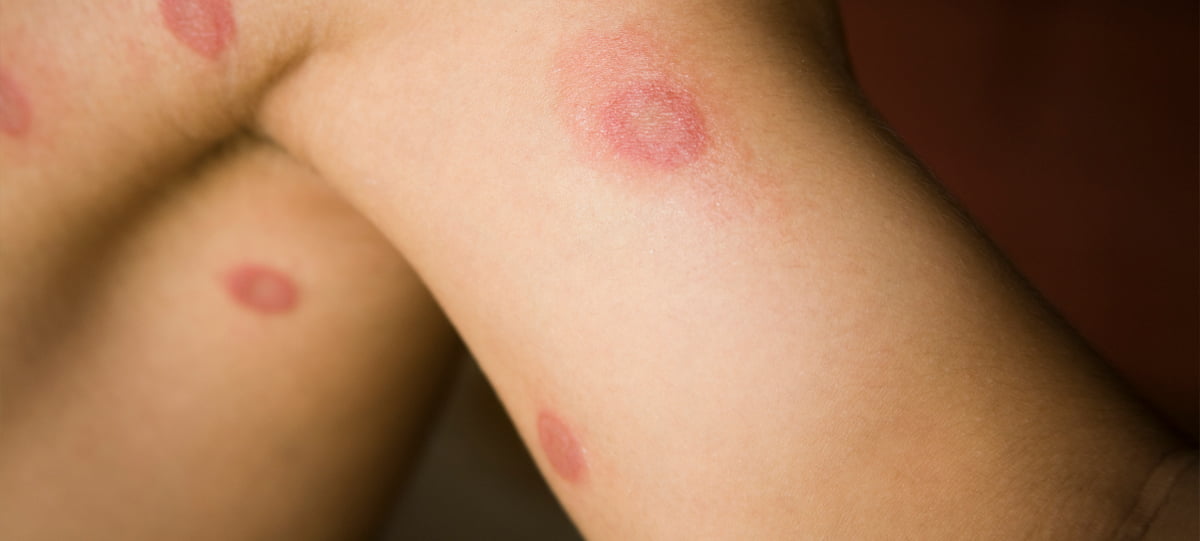
Although ringworm can technically appear anywhere on the body, it most commonly affects the following areas:
-
Arms and legs
-
Chest and back
-
Face and neck
It generally avoids the palms of the hands, soles of the feet, groin area, and scalp, where other types of fungal infections may occur.
How is Ringworm Diagnosed?
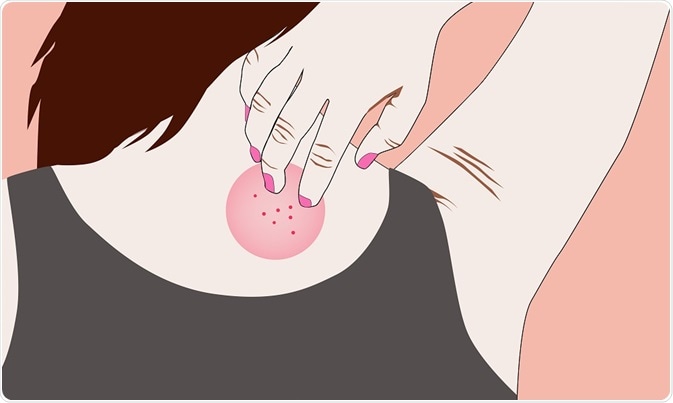
If you suspect you have ringworm, it is best to consult a healthcare provider for a proper diagnosis. A dermatologist or other medical professional can diagnose ringworm through:
-
Visual examination: The doctor will examine the appearance of the rash and its distinctive ring-like shape.
-
Skin scraping: A small sample of affected skin may be scraped and examined under a microscope for the presence of fungi.
-
Fungal culture: In some cases, the skin sample will be sent to a laboratory for further analysis to confirm the type of fungus.
It’s important to distinguish ringworm from other skin conditions like eczema or psoriasis, which can have similar symptoms.
Treatment for Ringworm of the Body

Ringworm of the body is treatable, and in most cases, antifungal medications are very effective. Treatment can vary depending on the severity of the infection and whether it is localized or widespread.
Topical Treatments:
In mild to moderate cases, antifungal creams, gels, or ointments can be applied directly to the rash. These medications are often effective and easy to use.
Common antifungal ingredients include:
-
Clotrimazole
-
Miconazole
-
Terbinafine
-
Ketoconazole
These topical treatments are typically applied 2 to 3 times a day for 2 to 4 weeks.
Oral Medications:
For more severe infections or cases that do not respond to topical treatments, a doctor may prescribe oral antifungal medications. These medications include:
-
Griseofulvin
-
Itraconazole
-
Oral terbinafine
Oral antifungals are usually taken for 4 to 6 weeks. They may require monitoring due to potential side effects.
Preventing Ringworm

Since ringworm is highly contagious, preventing its spread is essential. Here are some steps you can take to protect yourself and others from infection:
-
Maintain good hygiene by washing your body regularly and drying thoroughly, especially after showers.
-
Avoid sharing personal items like towels, clothing, combs, or shoes.
-
Wear loose, breathable clothing to prevent moisture buildup and reduce fungal growth.
-
Wash bedding and towels in hot water and with antifungal detergent if someone in your household has ringworm.
-
Disinfect common areas such as bathrooms, gyms, and locker rooms, especially after public use.
-
Take pets to the vet if they show signs of fungal infections, such as hair loss or lesions.
When to See a Doctor

Consult a doctor if:
-
Symptoms worsen or do not improve after 2 weeks of treatment.
-
The rash spreads rapidly or affects sensitive areas, like the face.
-
Painful blisters or pus-filled sores develop.
-
Secondary symptoms, such as fever or severe inflammation, occur.
Early diagnosis and treatment can help reduce symptoms, prevent the spread of the infection, and avoid complications.
Conclusion
Ringworm of the body, though common, is a treatable condition that can cause discomfort and frustration. With the right antifungal treatments, most people recover fully. However, taking precautions to prevent the spread of the infection is essential for keeping yourself and others healthy. Whether it’s through proper hygiene, avoiding shared items, or caring for pets, there are many ways to reduce your risk of ringworm and other fungal infections.
Sources:
-
Centers for Disease Control and Prevention (CDC) – Fungal Infections
- American Academy of Dermatology – Tinea Corporis (Ringworm)
- Mayo Clinic – Tinea Corporis Diagnosis and Treatment

